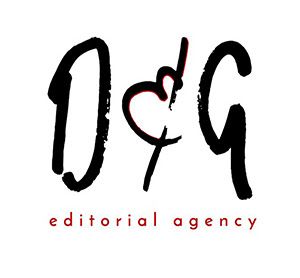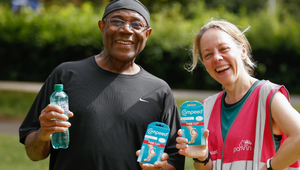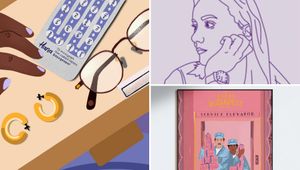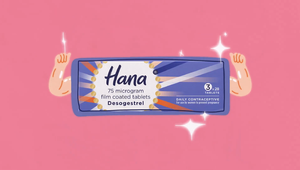
For How To Basically, Dirt & Glory Married Digital and Physical Comms in One Campaign

After the modern communications agency Dirt & Glory helped to launch a series of workshops that teach essential domestic skills in partnership with the social enterprise How To Basically, it had a second challenge to contend with: getting the word out there and getting people to sign up.
To start making a real difference to those who need it most in the community the brand wanted to increase recognition locally first - a goal the billboards cleverly targeted.
Channelling the brand’s ‘reduce, reuse, recycle and repair’ mantra, D&G masterminded a campaign combining digital communication with a physical presence through local billboards around the brand’s workshop base in Sussex. D&G installed a total of six billboards, all bearing the brand aesthetic and language that it created for the brand. The final look communicated a kind of ‘blank slate’ mentality that would help viewers imagine building on what was there while the language was deliberately playful, taking inspiration from “great outdoor campaigns from the likes of Specsavers and Marmite.”
Today, Nigel Brown, D&G’s MD and founder tells LBB why a company like How To Basically is needed in today’s world and why combining physical and digital communications was the right approach.
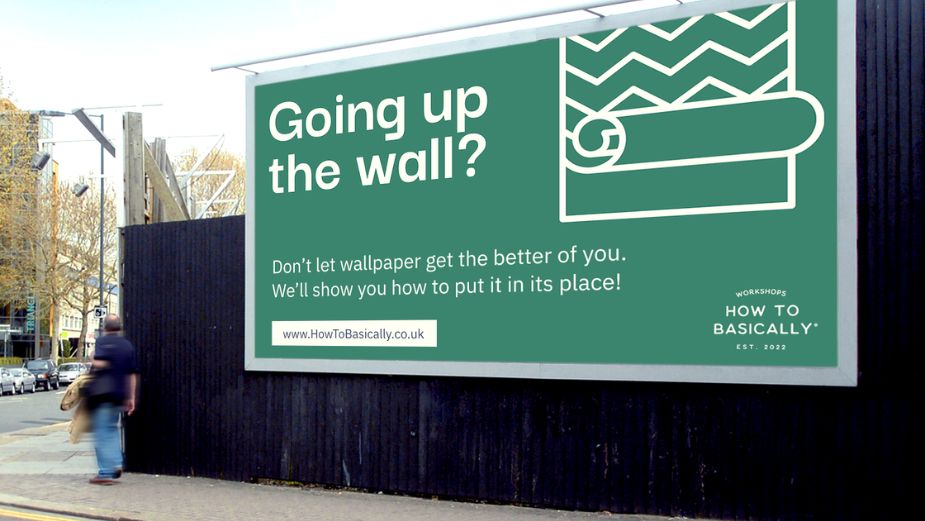
LBB> When did How To Basically first come to you and what was the brief like?
Nigel> How To Basically came to us at the beginning of their journey with the brief to create a brand that embodied their mission to help people learn basic life skills. We wanted to capture the essence of this mission in the brand's visual language and to give them something exciting and playful to take out into the world.
LBB> Why do you think a company like How To Basically is needed in the current market?
Nigel> When we first heard about How To Basically we thought it was an incredibly original and impactful idea to help teach those practical skills that are too often looked over by modern society - basic life skills. But more than that, and importantly, How To Basically is a social enterprise, using these classes to help those with learning disabilities, for example autistic children. All profits are reinvested into helping those from less fortunate backgrounds which, in the current climate, is a very worthy undertaking. . We were excited as we had never seen an idea like this before, and felt it could have a huge impact in helping people.
LBB> Tell us about the ideation process behind the campaign - how did you land on the final idea?
Nigel> We wanted to singularly capture the ‘fix and repair’ mindset in the branding and all comms touchpoints. It was important the branding embodied this stripped back approach, and gave the feeling to the consumers that they were in the workshop, giving them an emotional connection to the courses on offer.
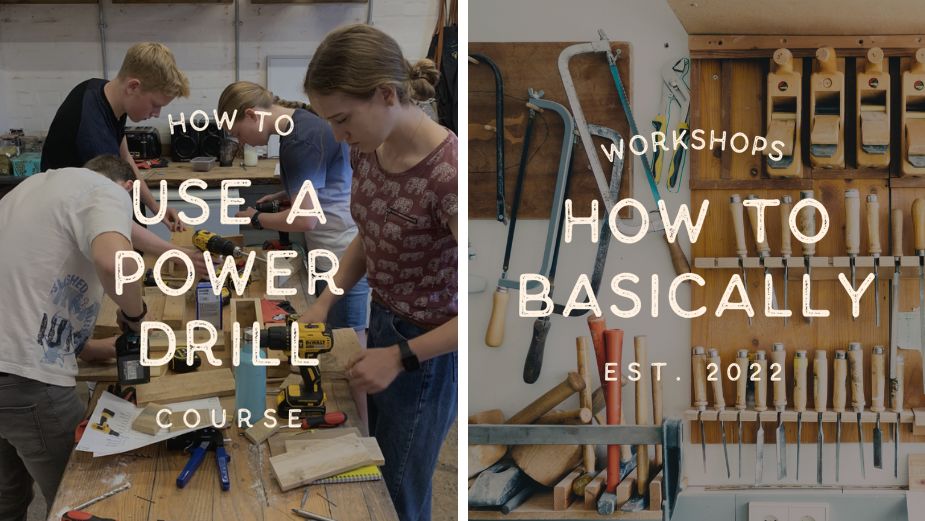
LBB> Why did you decide to go the physical route to promote How To Basically - what does it offer that digital can’t?
Nigel> With the How To Basically workshop based in Sussex, we wanted to capitalise on digital advertising and presence, with strategically placed local billboard advertising to help increase local knowledge and footfall for the brand. The first part of the plan was to ensure the brand was successfully in their locale, and then build the brand from these foundations.
LBB> How did you go about developing the aesthetic for the brand and the billboard - what were the main considerations?
Nigel> It had to embody the ‘fix and repair’ mindset and strategic positioning of the brand. We wanted to pare everything back and for the visual language to be a basic canvas to showcase the courses, workshop and importantly the people the brand is helping. The colour choice was crucial, using a distinctive set of muted primary colours, that gave the feeling of a blank canvas on which to build. We wanted to strip back the logo and applied a distressed look to it - it was important we could picture it hanging in the workshop.
LBB> How many billboards were there in total and how did you decide on their locations?
Nigel> There were six local billboards, strategically positioned in key town centres within 10-20 miles of the workshop. This meant we focused on areas around Haywards Heath and Brighton.
LBB> How does the billboard fit into the wider marketing and PR strategy that you created for the brand? What does the wider strategy entail?
Nigel> In advertising, we wanted to bring through the brand strategy in a creative and impactful way. We wanted to have some fun with the writing and stop people in their tracks. We took inspiration from great outdoor campaigns from the likes of Specsavers and Marmite.
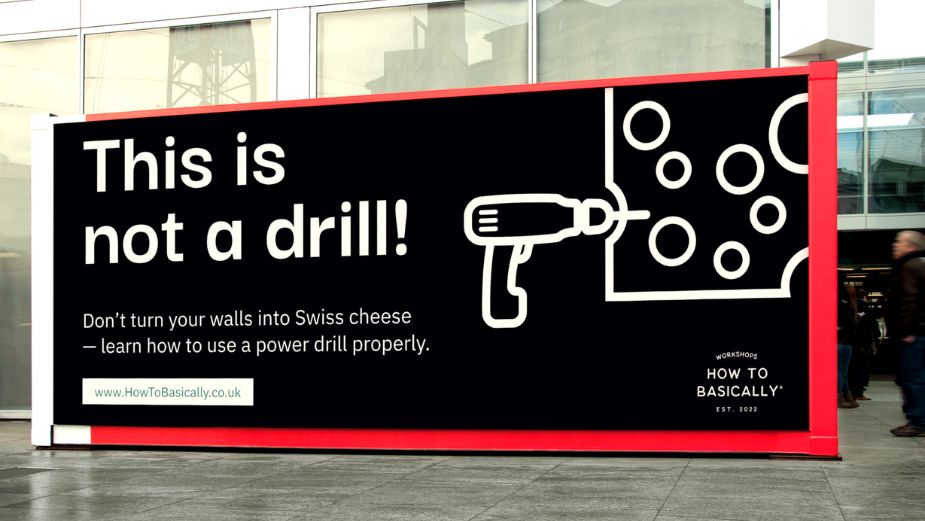
LBB> Did you run into any challenges while executing the billboard? If so, how did you overcome them?
Nigel> The main challenge was the train strikes! We would have seen more footfall if these had not happened, but you can’t plan for these things. It was therefore important to showcase the outdoor advertising in a digital environment, so as to help raise further brand awareness.
LBB> How are you planning to develop the strategy for How To Basically?
Nigel> We wanted to help raise awareness for the brand. The next phase of working with the brand will be to increase their PR visibility and get their founder Justin Kelly more press opportunities to help tell the brand’s story.
LBB> What was your favourite part of working on this particular campaign?
Nigel> The best thing about working with How To Basically was the concept itself and the people behind it, the founder Justin and his wife Lucy. It’s not every day you meet founders so focused and committed to their mission of helping people, and it was a real privilege to be charged with elevating the brand’s communication touchpoints.







